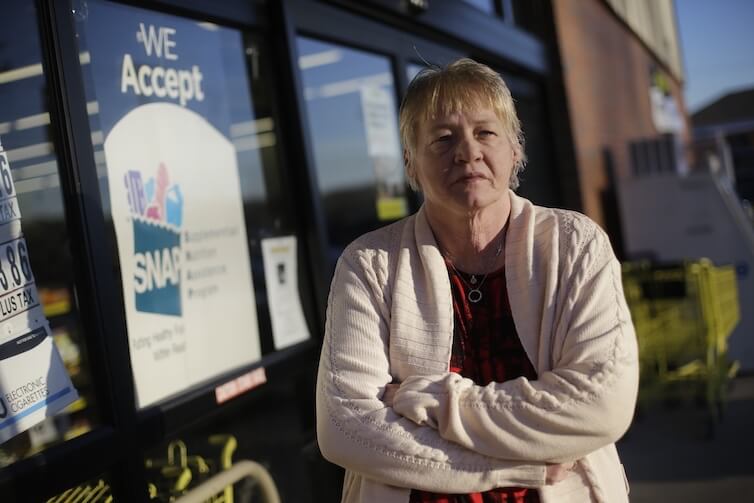Does Supplemental Security Income inhibit success?

It’s been nearly 21 years since the federal Personal Responsibility and Work Opportunity Reconciliation Act—commonly known as welfare reform—was passed. Most of the debate about the legacy of the bill centers on the elimination of the Aid to Families with Dependent Children program and its replacement with Temporary Assistance to Needy Families. But the legislation also created new reforms to another cash assistance program, the Supplemental Security Income program. The reforms to SSI made it less likely that disabled children would continue to receive cash assistance in adulthood. One might think that reducing cash payments would help spur some workers into fully engaging with the labor market and replace lost SSI income with labor earnings. But new research casts doubt on this line of thinking.
Among the cash welfare assistance programs in place after the enactment of the 1996 welfare reform law, Supplemental Security Income is the largest, with expenditures more than double the level of the Temporary Assistance to Needy Families program as of 2013, according to the Congressional Budget Office. About $50 billion through SSI is allocated to 8 million recipients annually, including 1.3 million children.
In her paper, “Does Welfare Inhibit Success? The Long-Term Effects of Removing Low-Income Youth from the Disability Rolls,” University of Chicago economist Manasi Deshpande evaluates the effects of removing low-income youth with disabilities from Supplemental Security Income on their earnings and income earned in adulthood. Many children receiving this stipend through the Social Security Administration are diagnosed with such conditions as Attention Deficit Hyperactivity Disorder, speech delay, and autism spectrum disorder—any one of which can greatly affect their integration into the labor market later in life.
Yet for young adults to continue receiving these SSI benefits, they must requalify for the program when they reach the age of 18 by undergoing a medical examination to determine their ability to participate in the workforce. While almost no young adults nearing the age of 18 immediately before the cut off received a medical review, nearly 90 percent of them did receive one after their 18th birthday. Because people who turned 18 right before the deadline and those who did right after are very similar, this sudden change can tell us about the causal impact of the policy change.
Deshpande’s results show that previously eligible SSI recipients do increase their earnings after their 18th birthdays, yet their earnings do not make up for the loss of stable SSI income. Removing youth from this income-assistance program reduces their observed lifetime income and results in an increase in income volatility. Over the span of 16 years after their 18th birthdays, individuals removed from SSI lose $21,000 in “present discounted total observed” income—or a $21,000 decline in the value today of all future income. This represents a 20 percent decrease relative to those who are not removed from the program at age 18. Deshpande also finds that individuals move from a stable income to a much more volatile income stream.
Policymakers should take two key points away from this paper. First, the fact that increased labor-market earnings didn’t nearly make up for the loss of SSI cash support means that these workers face significant labor-market challenges. It seems very unlikely that the cash payments from SSI are a compelling reason these young adults lack significant labor earnings. Second, the increased volatility in overall income for young adults who lose SSI support means that the program was effectively providing economic security to disabled young adults.
Reducing young adults’ access to Supplemental Security Income might have succeeded in pushing some workers into the labor force and increasing their labor earnings. Yet Deshpande’s findings show that the tradeoff maybe be a reduction in lifetime overall income and more volatile income. Whether that tradeoff is worth it is something policymakers and the general public should decide.
